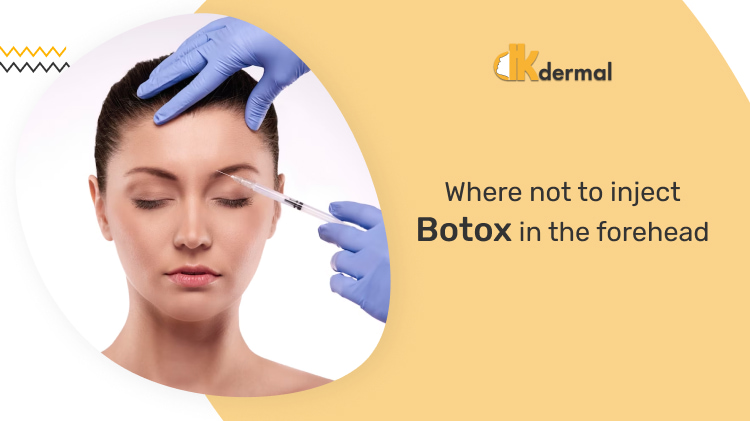Email or phone us with any questions or suggestions:
[email protected]

Botox treatment is undoubtedly one of the main methods to prevent and deal with dynamic lines. These wrinkles occur due to active facial movement, so people with rich facial expressions can notice the first aging signs a little earlier than others. No wonder many individuals want to take the situation under control in advance to not even worry about their appearance and keep their self-esteem on a decent level. And, as we all know, each procedure has specific rules when it comes to its safe performance.
Thus, this article will mention all the essentials about Botox danger zones, the main rules regarding Botox injections for the forehead, as well as the best spots in the upper face to use this product for. Remember about these, and you won’t ever have any problems with the treatment process.
PLEASE NOTE:
If you are looking for the most advantageous wholesale Botox price, we offer you to look closely at our product range at DKdermal. Here, we gathered all the most beneficial ordering conditions, so check them out and purchase botulinum toxin injections for your clinic on this website.
While dermal fillers are primarily used to deal with a hollowness in the facial zones like the chin, cheeks, under-eye, and others, Botox injections are among the best ones to deal with minor aging signs like dynamic wrinkles. These typically occur in the zones with the most active facial movement, including the forehead, region between the eyebrows, eye corners, and others.
Forehead and frown lines reduction is one of the most popular procedures, but some essential rules must be followed for a safe experience in the doctor’s office. One of them is being careful when injecting botulinum toxin into the forehead because some zones are unsuitable for these machinations, and the consequences may be quite bad. Mainly, remember the following:
Except for the mentioned-above regions, we also want to remind you about other essential danger zones for Botox. Keep reading and refresh your knowledge!
Even though botulinum toxins are meant for facial muscles, some are still unsuitable for the injection session. To know those and be aware of all the spots for the treatment, a person must undergo comprehensive medical training to gain complete information and practical knowledge. We are here to remind you all the essentials:
Of course, there is also such thing as off-label Botox usage; for example, people often use Botox lip flip to enhance their upper lip. However, these procedures must be planned in the slightest detail, and all the risks must be discussed in advance, as a patient should understand all the risks before agreeing to the procedure.
Botox’s ability to pause nerve endings’ contraction in muscles is one of the main reasons it’s so popular in aesthetic medicine. In addition, people choose it as an affordable option for skin rejuvenation, so no wonder almost every cosmetologist wants to get a license to start using it in the clinic.
Now that we know and understand the way botulinum toxins shouldn’t be used, let’s pay a little attention to the areas in the upper face where it can actually be applied safely. We want to highlight a few spots:
Of course, there are many more Botox uses we can talk about; however, this article is fully dedicated to the upper face, so let’s stop on this note. And if you want to learn more about botulinum toxins, check out other articles on our blog. We have a lot to share, so stay tuned and drop by from time to time!
A SIDE NOTE: Interested in knowing when it’s safe to lay down after a Botox injection? Explore our article “How Long After Botox Can You Lay Down?” for valuable insights and guidance on post-injection care.
As you can see, Botox treatments demand a perfect knowledge of facial anatomy to provide a safe experience and lower the chances of post-injection complications after the procedure. For example, when it comes to forehead muscles, the frontalis or masseter muscle are unsuitable for the treatment, as they play a significant role in our mimic and can be easily damaged by botulinum toxin. Numbness, “frozen” facial expression, and irritation are just a few problems people can face because of incorrectly administered solutions, and it’s definitely not something they expect from the treatment. So, keep Botox danger zones in mind, discuss the procedure with patients, and ensure they are aware of all the nuances in advance and fully understand all the risks. That’s it for today’s article, friends. Thank you for visiting the blog!